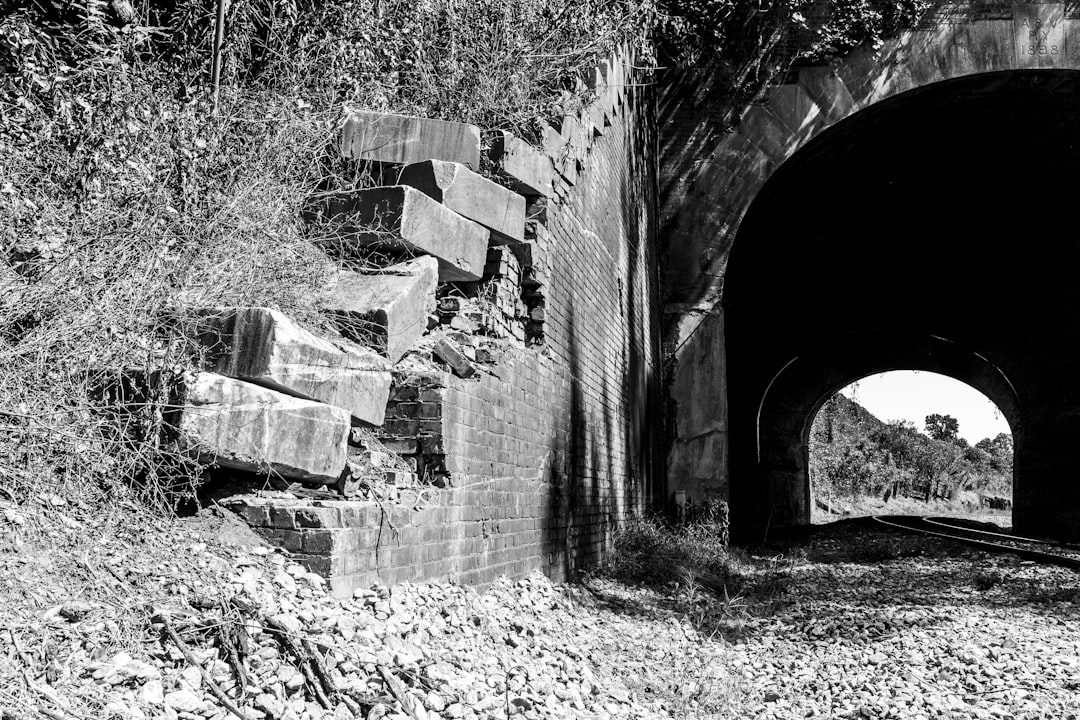What is it about?
A significant increase in water demand is expected over the coming decades due mainly to population growth. Two-thirds of the world’s population lives in areas experiencing water shortages for at least one month a year. Of these, about 500 million live in areas where water consumption exceeds its capacity of renewal. In this way, groundwater is of major importance as a source of supply, but worldwide it is also at risk of contamination. A source of contamination that has gained prominence in recent years is urban drainage runoff injected into the groundwater by the direct infiltration of auxiliary drainage structures, when these technologies are inadequately installed in vulnerable areas.
Featured Image

Photo by Tharni Ka on Unsplash
Why is it important?
Our findingsnt contributes to the correct advancementof sustainable urban drainage systems, evidencing the potential of contamination of the groundwater by the direct infiltration of runoff in auxiliary drainage structures inadequately installed in vulnerable areas. Two significant findings were: a) the distribution and choice of types of compensatory structures installed in the study area indicate high potential for infiltration and (b) the depth at the water level, together with topography, soil type and impact of the vadose zone are the environmental factors most significant for high vulnerability.
Read the Original
This page is a summary of: Vulnerability assessment and potential contamination of unconfined aquifers, Water Science & Technology Water Supply, August 2018, IWA Publishing,
DOI: 10.2166/ws.2018.147.
You can read the full text:
Contributors
The following have contributed to this page










